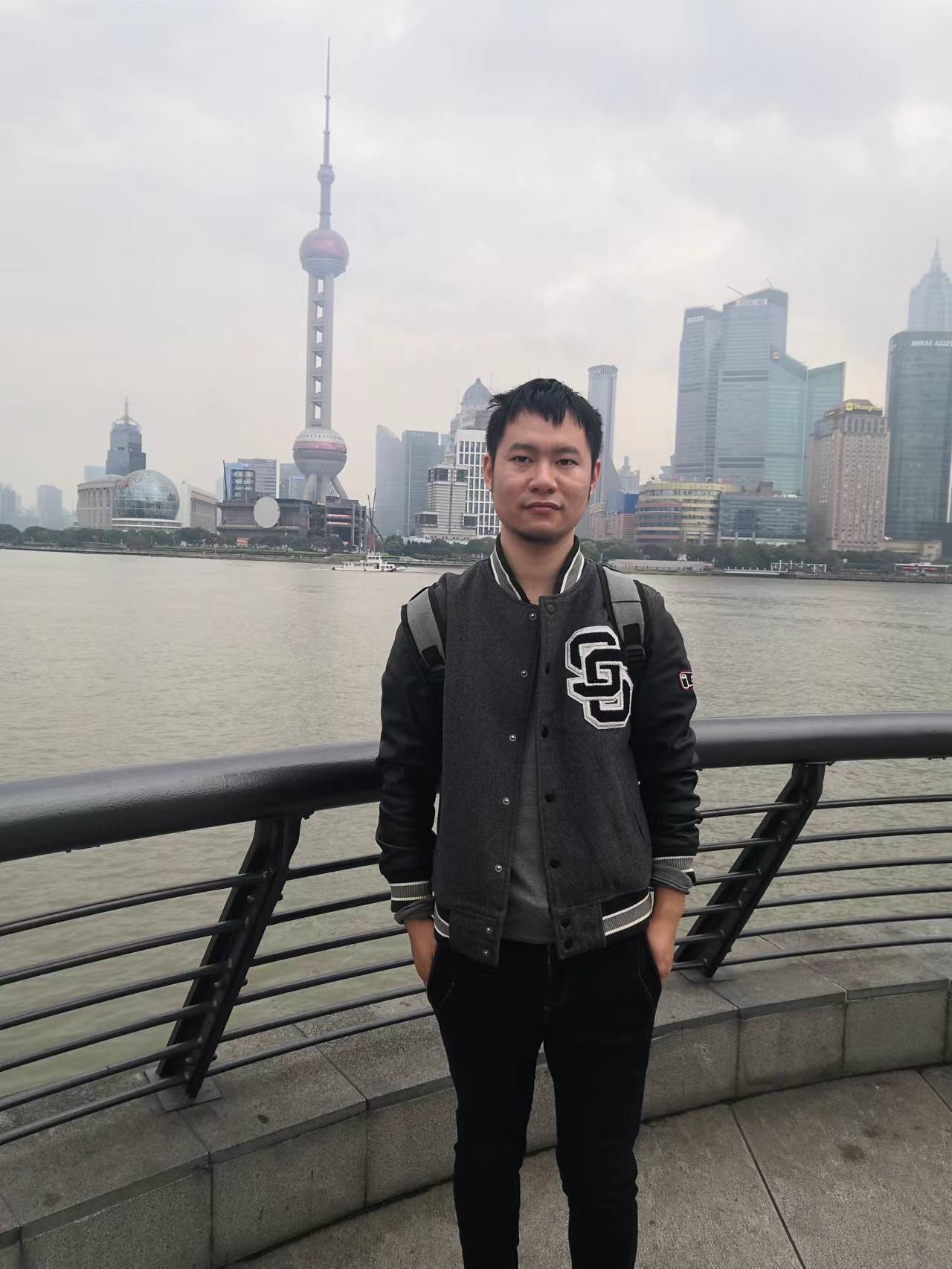Congratulations to Yang Shen on successfully graduating!
Yang Shen, who graduated with a bachelor’s degree from Anhui University of Traditional Chinese Medicine, pursued a master’s degree in Computer Application Technology as part of the 2019 cohort. Under the guidance of Professor Han Yuexing, Yang Shen’s research primarily focused on material image segmentation. After three years of hard work, Yang Shen proposed a segmentation method for the segmentation and recognition of complex textures in material microstructures. This method made contributions in addressing challenges such as small sample sizes, imbalanced data distributions, and complex textures in material images. It played a role in the construction of material gene databases. After graduation, Yang Shen will be joining ZTE Corporation to work in wireless product development. In addition, Yang Shen has a passion for reading and writing outside of academics and actively participates in extracurricular activities, where they have had the opportunity to meet interesting and talented teachers and classmates. The three years of graduate life have been like climbing a mountain, experiencing tears, laughter, and exhaustion, but ultimately reaching the summit and witnessing a unique scenery of their own. We hope that in the future, Yang Shen maintains their enthusiasm and fearlessly moves forward towards new horizons!
During the graduate period, Yang Shen worked on the following projects:
To address the challenges of small sample sizes, imbalanced data distributions, and complex textures in material images, a combination of various deep learning techniques was employed to automate the segmentation of microstructures in material images. This approach aimed to provide a data foundation for the construction of material gene databases.
-
To address the issue of small sample sizes in material image segmentation, a method combining deep learning and superpixels is proposed. This method takes advantage of the high similarity of pixels within the same material region and utilizes a superpixel algorithm to obtain rectangular blocks, effectively addressing the problem of small sample sizes in material images. An improved version of DenseNet is introduced, which incorporates a feature enhancement module to preserve texture features while removing interference from redundant features. Additionally, a designed transition layer upsampling method is employed to effectively restore the information of feature maps. By leveraging the characteristics of superpixels and the enhanced DenseNet, the proposed method achieves accurate and robust segmentation of material images, even when faced with limited sample sizes. The preservation of texture features and the effective recovery of feature map information contribute to the overall segmentation performance, enabling better analysis and understanding of material microstructures.
-
To tackle the issue of imbalanced data distributions in material image segmentation, two types of loss functions are used and improved: (a) Precision Focal Loss for Classification: In addressing the imbalanced data distribution in classification tasks, an improvement is made by proposing the Precision Focal Loss. This loss function replaces confidence with precision, providing a more accurate reflection of the difficulty of sample classification. The difficulty information is then fed back to the network to optimize the training process. By emphasizing hard-to-classify samples, the Precision Focal Loss helps the network focus on learning from challenging instances, leading to improved performance in imbalanced datasets. (b) CE-Dice Loss for Segmentation: For addressing the imbalanced data distribution in segmentation tasks, the CE-Dice Loss is introduced based on two components: the cross-entropy (CE) loss and the Dice loss. By combining these two loss functions, the CE-Dice Loss provides a smoother training process and optimization of the segmentation results. The cross-entropy loss helps with accurate pixel-wise classification, while the Dice loss evaluates the overlap between the predicted and ground truth segmentation masks, encouraging better boundary localization and segmentation accuracy. The utilization of these improved loss functions aids in mitigating the effects of imbalanced data distributions in both classification and segmentation tasks within material image analysis. By incorporating the specific difficulties and characteristics of these tasks, the proposed loss functions contribute to more effective and accurate training, resulting in better performance and more reliable segmentation outcomes.
-
The precise segmentation of material images with complex textures has been achieved through the following approaches: In Chapter 3, an improved version of DenseNet is proposed. This modified DenseNet architecture aims to preserve crucial texture features while removing redundant features that can interfere with the identification of rectangular blocks. By incorporating a feature enhancement module, the network can effectively retain important texture information and improve the accuracy of segmentation. The modified DenseNet architecture provides a robust framework for handling material images with complex textures. In Chapter 4, an improved Fully Convolutional Network (FCN) is introduced to achieve accurate segmentation of material images with similar textures. The improved FCN incorporates several modules to enhance segmentation performance. A cascaded feature fusion module combines high-level and low-level semantic features to capture multi-scale information effectively. A multi-scale learning module is employed to delve into fine-grained details and global contextual information. An attention mechanism module is used to focus on important feature maps and optimize resource allocation. These three modules complement each other and work together to improve the accuracy and robustness of texture-based material image segmentation. By implementing these advancements in DenseNet and FCN architectures, the research has successfully achieved precise segmentation of material images with complex textures. These improvements address the challenges posed by intricate textures, redundant features, and the need for multi-scale information, leading to more accurate and reliable segmentation results in material image analysis.

Essay: Research on segmentation and recognition methods for complex texture in material microstructures